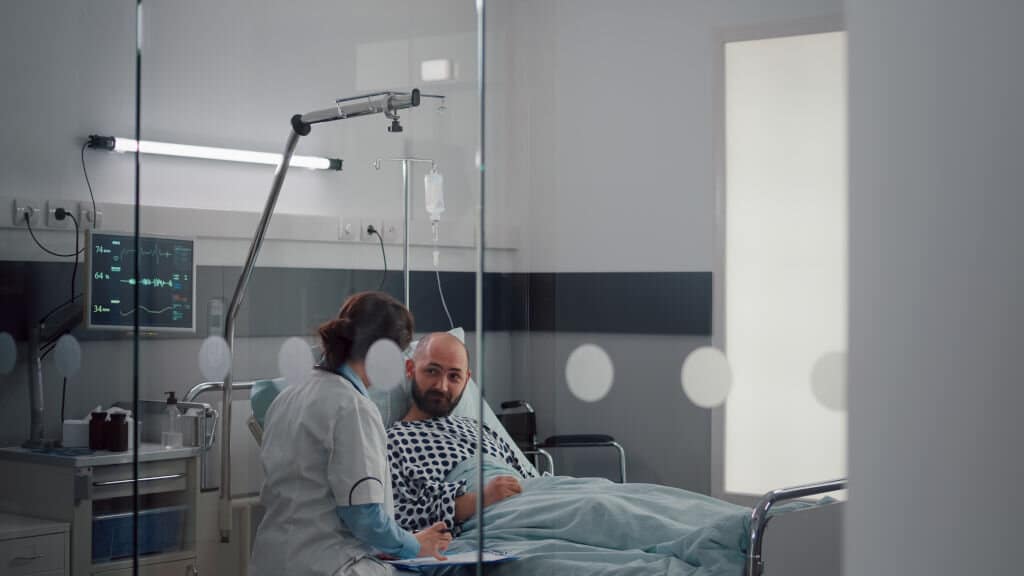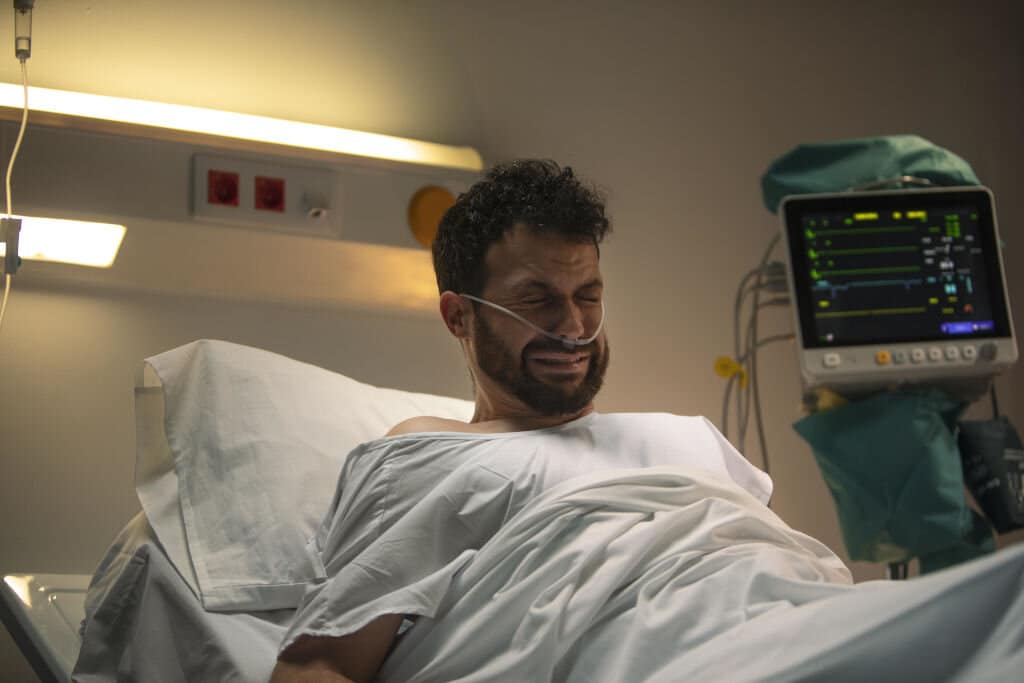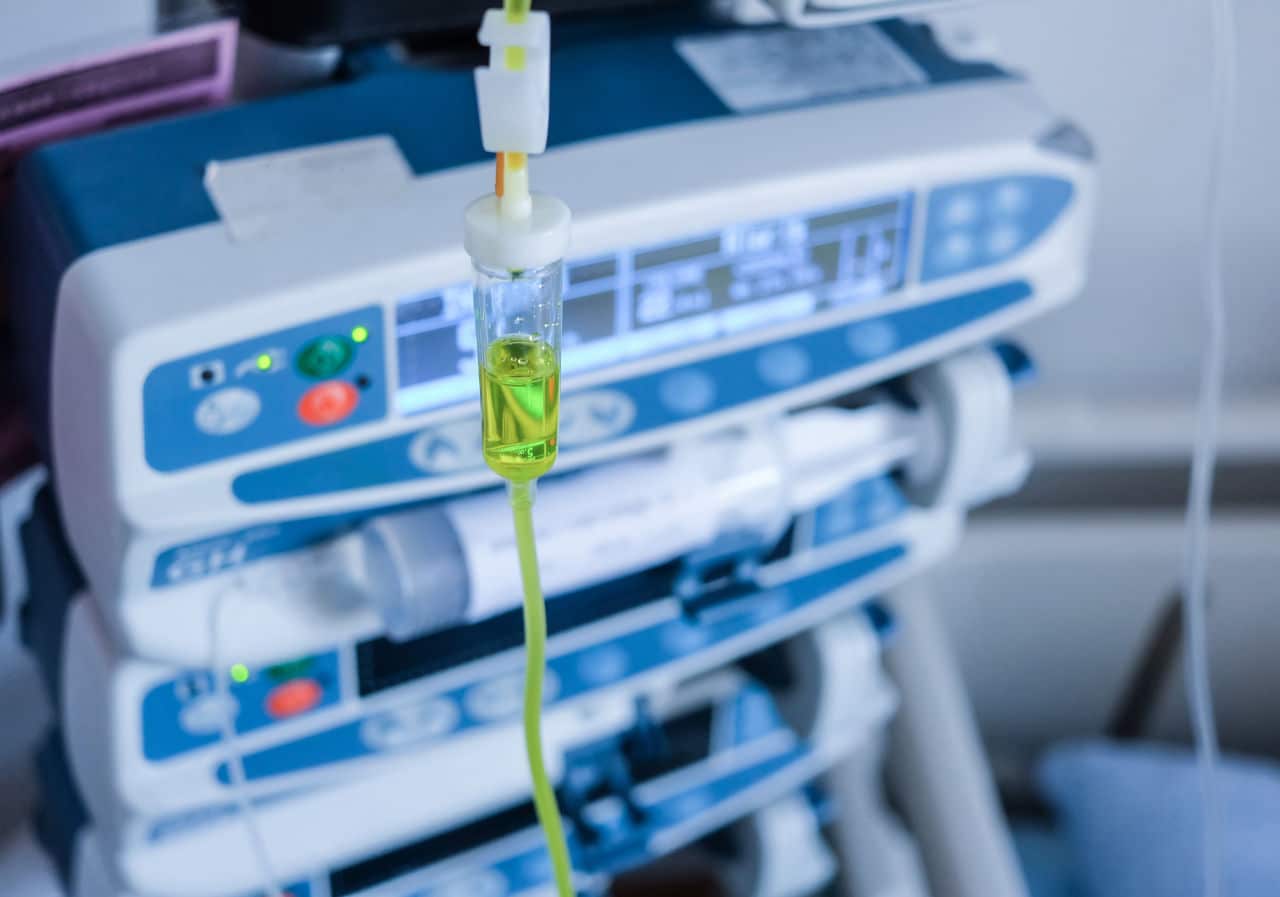Hemodialysis is a procedure used when the kidneys are damaged and can no longer remove extra bodily fluid and clean the blood. According to the National Institutes of Health, a person is said to suffer from kidney failure if kidney function drops below 15%. One of the ways of managing this condition with dialysis is the use of a hemodialysis catheter.
What Is A Hemodialysis Catheter?
A hemodialysis catheter is used to transfer blood between a patient and a hemodialysis machine.
The dialysis catheter has two lumens, one venous and one arterial. Although both lumens are in the vein, the venous lumen returns blood to the heart. On the other hand, the arterial lumen, mimicking natural arteries, transports blood away from the heart.
Blood is taken from the patient and transported to the dialysis machine through the arterial lumen, which is often red. In contrast, blood is returned to the patient by the venous lumen, which is typically blue (from the dialysis machine).
A chronic dialysis catheter will be introduced if a patient needs long-term dialysis therapy. Chronic catheters have a dacron cuff 3–8 cm under the skin in a tunnel. The tunnel acts as an additional barrier against infection.
When a hemodialysis catheter is fixed incorrectly, there are certain risks attached to it that would cause severe harm to the patient. It may lead to even more potent setbacks in the patient’s health.
In a medical malpractice case, medical animation can illustrate the catheter’s implant procedure and how the clinician deviated from the standard care procedure.

Portraying The Wrong Use of Hemodialysis Catheter Using Medical Animation
Before you can illustrate an improper use of a hemodialysis catheter, it is essential first to showcase how the correct procedure is carried out. After that, the animation will be able to show the point where the clinician made the grave error and how it caused harm.
Before a hemodialysis catheter is introduced into the body, the physician will first locate the vein with ultrasound and contrast-enhanced x-rays. It will also aid in positioning the catheters.
A tiny incision will be performed in the lower neck. The physician will then insert a small guidewire into the jugular vein in the neck after gaining access to the vein with a needle. The vena cava, a bigger blood vessel, will receive the guidewire.
Below the initial incision in the chest, the physician will create a second incision. A tunnel will start just beneath the skin in the area between the first and second incisions. After that, the flexible dialysis catheter is passed from the second incision to the initial incision site via the tunnel. It is then moved into its ultimate place after crossing the guidewire at this point.
The guidewire is taken out of the blood vessels. The catheter’s other end will remain outside the body and extend into the second incision. The physician will then check to see if the catheter is beginning to fill with blood.
X-rays can be used to verify if the catheter is placed correctly.
Stitches will be used to fix the catheter. Some catheters have a cuff that is positioned in the skin’s tunnel. This cuff aids in preventing infection and maintaining the tube’s safety. The first incision will be stitched up. It could be closed with stitches, tape, or medical glue.
Then, the second incision will be sewn around the catheter to keep it in place. Finally, the physician will wrap both areas in bandages.
Where exactly did the error come from?
This is what medical animation is set to prove in a court case where a wrong insertion of a hemodialysis catheter caused tremendous harm to the patient.

Using Medical Animation In Portraying The Harm Caused By Improper Implant Of Hemodialysis Catheter
Improper implantation of hemodialysis catheters can cause much harm, including the victim’s death. An instance is the case of a 74-year-old kidney patient whose artery and a vein were punctured during the procedure.
The forensic pathologist who investigated the case reported that the cause of death was acute hemorrhage. This was from a punctured right common iliac artery and right common iliac vein during peritoneal dialysis catheter insertion.
In a case like this, medical animation can be used to visualize the wrongful puncture error and how it directly affected the patient’s health.
Asides from outright loss of life, wrongful application of a hemodialysis catheter can also lead to different medical complications. Infection is one probable complication that can arise.
Dialysis entails externally accessing the body’s circulatory system. There is a significant risk of infection when the body’s interior is exposed to the outside. Bacteria, fungi, or viruses can cause infections.
A dialysis infection may result from incorrectly cleaned hands of healthcare professionals, contaminated medical equipment, water droplets, unsterilized surgical tools, improper dialysis techniques, improper cleaning and maintenance of the access site, and a lack of staff.
An instance of an infection occurring during a dialysis treatment is that of Regional Medical Center v. Mrs. M. In this case, the failure to diagnose the infection quickly caused her to lose her life.
Aside from infection, the patient also risks developing thrombosis, venous stenosis, arterial puncture, hematoma, and pneumothorax.
Whatever the complication of improper implantation of a hemodialysis catheter, a plaintiff can use medical animation to illustrate the cause of the problem and how it could have been avoided if the clinician had not deviated from the standard procedure.
Conclusion
Fox-AE is a litigation animation company that provides explanatory medical animations to support a medical case in court. In a case of medical malpractice involving a hemodialysis catheter, our medical animators are capable of illustrating a right and wrong procedure. Hence, showing the exact cause and severity of the injury. We are structured to work closely with expert witnesses on a case. This will ensure that no detail that will render the demonstrative exhibit inadmissible is present in the illustration.






